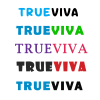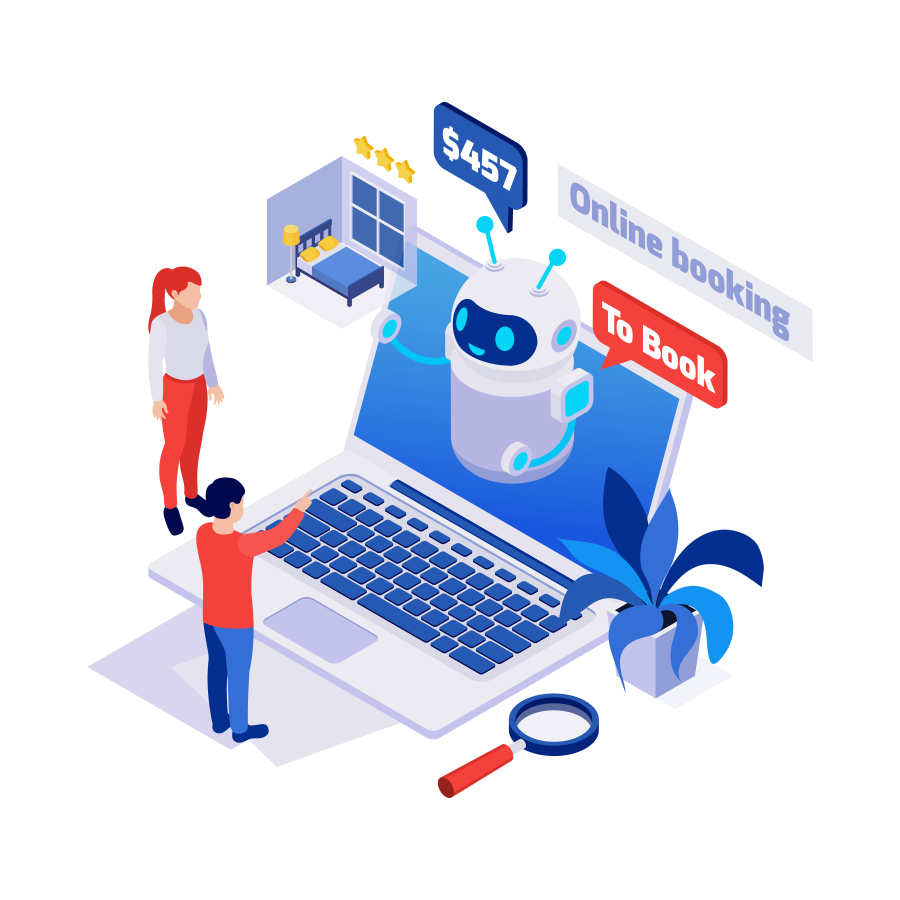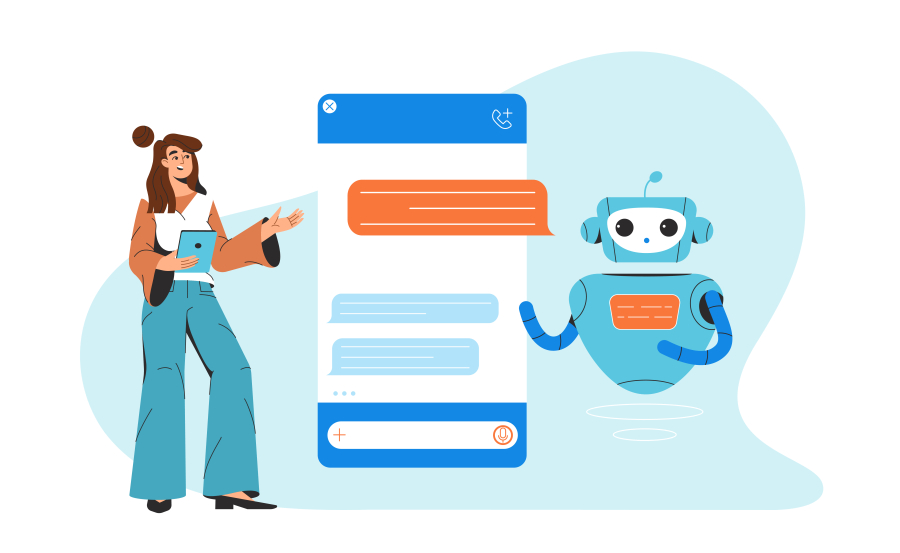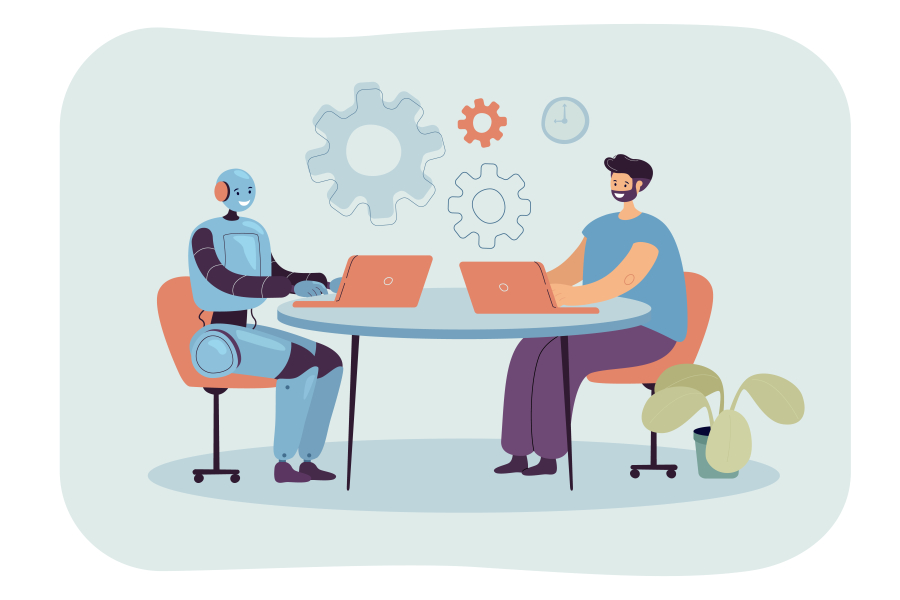Understanding the Basics of Web Development: Front-End, Back-End & Full-Stack
Web development is the foundation of the internet, enabling businesses and individuals to create powerful websites and applications. Whether you’re interested in designing visually appealing interfaces, managing databases, or building complete solutions, understanding the difference between front-end, back-end, and full-stack development is essential.
At FreelancerBridge, we break down the core components of web development, helping beginners understand which path suits them best.
Long Description:
Web development is divided into three main areas:
- Front-End Development – Focuses on the user interface and experience.
- Back-End Development – Manages the database, server, and application logic.
- Full-Stack Development – Combines both front-end and back-end skills.
At FreelancerBridge, we guide beginners through these essential web development concepts, helping them choose the right path.
1. What is Front-End Development?
Front-end development focuses on what users see and interact with on a website. It includes:
✅ HTML – The structure of web pages.
✅ CSS – Styling elements like colors, fonts, and layouts.
✅ JavaScript – Adds interactivity, animations, and functionality.
✅ Frameworks & Libraries – React.js, Vue.js, Angular for faster development.
✅ Responsive Design – Ensuring websites work on all devices.
2. What is Back-End Development?
Back-end development handles the server-side logic, database management, and APIs. Key components include:
✅ Programming Languages – PHP, Python, Node.js, Ruby, Java.
✅ Databases – MySQL, MongoDB, PostgreSQL for data storage.
✅ Server Management – Handling hosting and cloud solutions (AWS, Firebase).
✅ APIs – Connecting front-end with back-end services.
✅ Security & Authentication – Implementing login systems and data protection.
3. What is Full-Stack Development?
A full-stack developer works on both front-end and back-end, creating complete web applications. Full-stack developers:
✅ Understand both UI/UX and database management.
✅ Can build a fully functional website from start to finish.
✅ Use technologies like the MERN (MongoDB, Express.js, React.js, Node.js) or LAMP (Linux, Apache, MySQL, PHP) stack.
✅ Are highly in demand for startups and freelancing.
4. Choosing the Right Path: Front-End, Back-End, or Full-Stack?
💡 If you love design and visuals, choose front-end development.
💡 If you enjoy data and logic, go for back-end development.
💡 If you want to build complete applications, become a full-stack developer.
5. Why Web Development is a Great Career Choice
✅ High Demand – Businesses need websites and apps.
✅ Freelancing Opportunities – Earn money by building websites for clients.
✅ Remote Work – Work from anywhere in the world.
✅ Constant Innovation – AI, Web3, and new technologies keep the field exciting.
✅ Career Growth – With experience, you can become a senior developer or start your own tech business.
Conclusion:
Understanding front-end, back-end, and full-stack development is the first step toward a successful web development career. Whether you want to specialize or master both sides, learning web development opens up exciting opportunities in freelancing, startups, and high-paying tech jobs. At FreelancerBridge, we help you navigate the best learning path for a successful web development career.


 by Emily
by Emily




